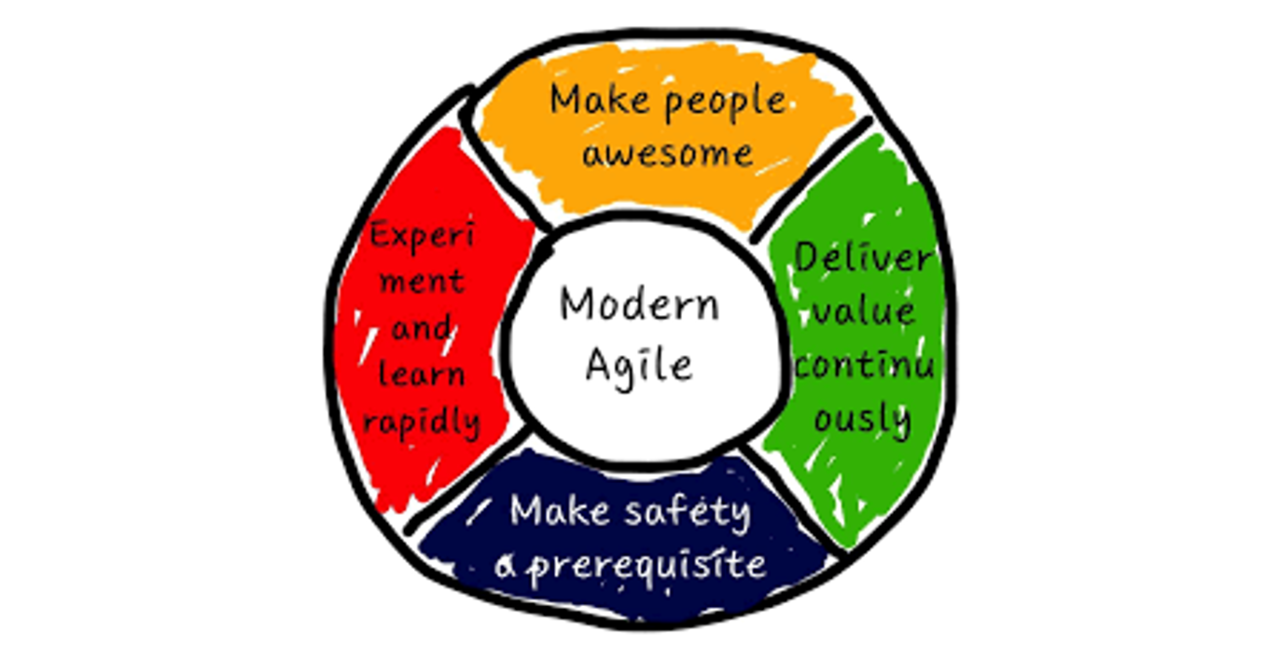
To have a productive team, you need a productive leader. Agile leadership has a large effect on the rest of the team and the organization. How the leaders deal with the everyday issues, such as connecting with other team members and being flexible when problems arise, can affect how the entire team functions.
Knowing how this happens, and what it does, is a major part of being a truly great agile leader. A great talk from Simon Sinek reflects on the fact that a leader's responsibility to the team is not to find ways to wring the last possible effort out of the them; like wringing a towel. We must ask ourselves as leaders, "how we I create the environment for each team member to reach their personal best".
Connecting with the Team
A good agile leader isn't always someone with the most experience. In fact, this isn't usually the metric used to determine who should lead and who shouldn't. Instead, qualities like the ability to connect are important.
"Connecting as a leader helps to set the tone for the rest of the team. The leader shows the team how the work should be approached, not just by their instruction, but by their interactions. For a team to be truly productive, they need a leader that guides the way." (taken from "Agile, adaptive leaders")
A self-aware leader breeds others that are self-aware, as well. Taking responsibility, following through with commitments made, and managing conflicts are all vital parts of the development process. Having a leader that embraces this will help produce a team that does the same. And that team will be more responsible and efficient.
Flexibility Increases Range
Not all product work will benefit from the same form of leadership. Knowing what kind of leadership is needed is only half of the battle. A good leader will also have to be flexible enough to adapt and continue leading.
These changes will often occur rapidly, in a way that might be jarring to the team. Being able to quickly work with the changes and get everyone back on track is a must. Having a leader who is lost amidst sudden changes will only make them more difficult for the other team members. I can recall a saying that I would use at FedEx, my first leadership position in corporate America. I would say that we as leaders need not follow the Golden Rule ("do unto others as you would have them do unto you"), but rather the Platinum Rule which says "treat people how THEY want to be treated". It requires knowledge of Situational Leadership to learn what drives each person and create an environment for them to succeed.
An agile leader assists their team in adapting to changes, elevating the team's ability through the change. Examining the implementation of agile leadership in large public sector organizations, shows that with greater flexibility as a leader, came a more adaptive work environment for the entire team.
Transitioning from one project to another, even within the same team, means transitioning to different styles of leadership. These can vary greatly. The team may not have experienced this before. It's the leader's job to set the stage and show them what's expected. Flexibility and adaptability will make this easier, with better results.
Driving Performance
Agile leadership isn't just about the process. It's about the results. To be successful, reaching the end goal of a deliverable is necessary. And it takes a team to do it.
To do this, a leader must find the best ways help create an environment where the team learns how to make it to the finish line with their unique skills and abilities. They must be able to boost performance from their team when it's needed and find a way to ensure that results are coming in reliably. Leading the people of your team can make or break the delivery of a team.
When a team's leader isn't well-suited for this, the product will suffer for it. Deadlines might not be met, along with other problems arising. Even with the best people, a leader that can lead them, is crucial to their success. Staying out of the team's way is the other half of he battle.